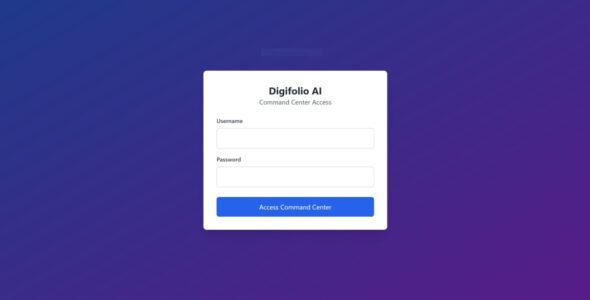Building Custom Real Estate Dashboards: A Step-by-Step Guide
Real estate professionals deal with vast amounts of data daily, ranging from property listings and market trends to client information and financial metrics. To make sense of this data and gain valuable insights, custom real estate dashboards can be an invaluable tool. In this blog post, we will provide a step-by-step guide on how to build custom real estate dashboards that cater to your specific business needs, enabling you to visualize and analyze data effectively.
Step 1: Define Dashboard Objectives
Begin by defining the objectives of your real estate dashboard. Determine the key performance indicators (KPIs) and metrics that are crucial for your business. Whether it’s tracking property sales, monitoring rental occupancy rates, or analyzing market trends, clarity on your objectives will guide the dashboard’s design and layout.

Step 2: Identify Data Sources
Next, identify the data sources that will provide the necessary information for your dashboard. These sources may include internal databases, CRM systems, MLS platforms, or external market data providers. Ensure that the data is clean, reliable, and up-to-date, as the accuracy of your dashboard relies on the quality of the underlying data.
Step 3: Select the Right Visualization Tools
Choosing the right visualization tools is critical for creating an informative and engaging dashboard. There are various dashboard-building platforms available, ranging from spreadsheet-based tools to specialized BI software. Consider factors such as data compatibility, ease of use, customization options, and scalability when selecting the appropriate tool for your needs.
Step 4: Design the Dashboard Layout
Design a clean and intuitive layout for your real estate dashboard. Organize the dashboard into sections or tabs, focusing on specific areas such as property performance, market trends, or financial metrics. Use consistent color schemes, fonts, and icons to ensure a cohesive and professional appearance.
Step 5: Create Interactive Visualizations
Utilize interactive visualizations to make the dashboard user-friendly and engaging. Interactive elements, such as filters, drop-down menus, and drill-down options, allow users to explore the data and gain deeper insights. Incorporate charts, graphs, maps, and tables to present data in a visually appealing manner.
Step 6: Add Key Performance Indicators (KPIs)
Include key performance indicators (KPIs) that align with your defined objectives. These KPIs serve as quick reference points for assessing the health of your real estate business. Examples of KPIs include average property price, vacancy rates, agent performance, and ROI on investment properties.
Step 7: Implement Data Refresh and Automation
To ensure the dashboard’s information is always current, set up data refresh and automation processes. Depending on the data sources, schedule regular updates to keep the dashboard data up-to-date without manual intervention.

Step 8: Test and Gather Feedback
Before deploying the dashboard to your team, conduct thorough testing to ensure its functionality and accuracy. Gather feedback from stakeholders and end-users to identify any improvements or adjustments that may be necessary.
Step 9: Train Users
Provide training to your team members on how to effectively use the custom real estate dashboard. Ensure that users understand the dashboard’s features and how to interpret the presented data. Encourage feedback and questions to further refine the dashboard’s usability.
Step 10: Continuously Improve and Evolve
The real estate industry is dynamic, and your business needs may evolve over time. Continuously monitor the effectiveness of your custom dashboard and make necessary updates as needed. Stay open to incorporating new data sources and visualization techniques to keep your dashboard relevant and valuable.
Conclusion
Custom real estate dashboards are powerful tools that empower professionals to make data-driven decisions, track performance, and identify trends in the real estate market. By following this step-by-step guide, you can build a tailored dashboard that aligns with your business objectives and provides meaningful insights. Remember to prioritize data accuracy, interactivity, and user-friendliness to maximize the impact of your real estate dashboard and gain a competitive advantage in the industry.





